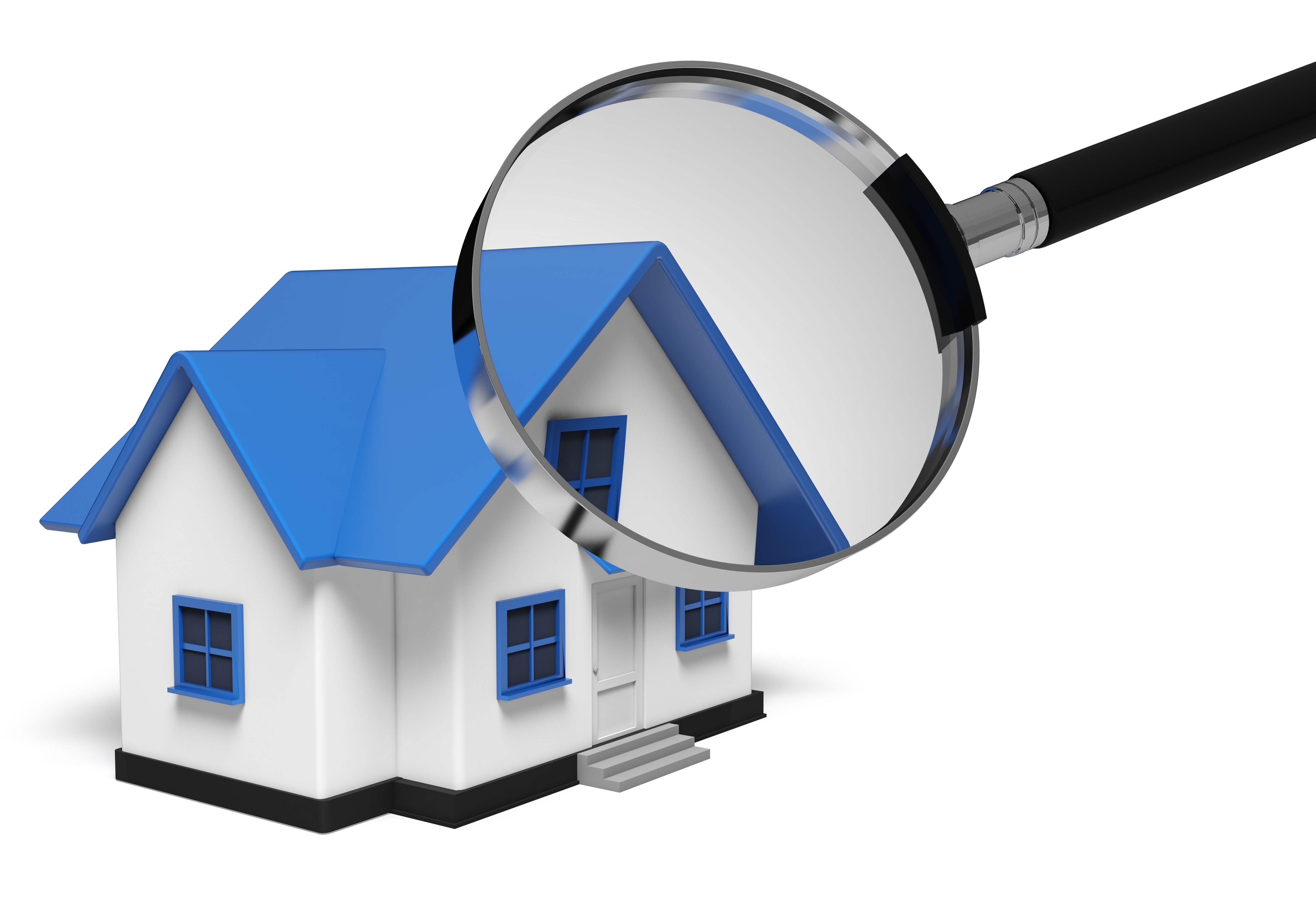
What Are the Parts of an Appraisal?Getting a house can be the largest transaction many of us could ever consider. Whether it's a main residence, a second vacation property or one of many rentals, the purchase of real property is an involved transaction that requires multiple people working in concert to see it through. Most people are familiar with the parties taking part in the transaction. The real estate agent is the most familiar person in the exchange. Then, the mortgage company provides the money necessary to bankroll the exchange. And the title company sees to it that all aspects of the transaction are completed and that a clear title transfers to the buyer from the seller. So, what party makes sure the value of the property is in line with the amount being paid? In comes the appraiser. We provide an unbiased estimate of what a buyer could expect to pay — or a seller receive — for a parcel of real estate, where both buyer and seller are informed parties. A licensed, certified, professional appraiser from Metro Area Appraisal Group, Inc. will ensure, you as an interested party, are informed. Inspecting the subject propertyOur first responsibility at Metro Area Appraisal Group, Inc. is to inspect the property to determine its true status. We must physically see features, such as the number of bedrooms and bathrooms, the location, amenities, etc., to ensure they indeed exist and are in the condition a reasonable buyer would expect them to be. The inspection often includes a sketch of the property, ensuring the square footage is accurate and illustrating the layout of the property. Most importantly, the appraiser identifies any obvious amenities - or defects - that would have an impact on the value of the house. Next, after the inspection, an appraiser uses two or three approaches to determining the value of the property: a paired sales analysis, a replacement cost calculation, and an income approach when rental properties are prevalent. 
Replacement CostThis is where we use information on local building costs, labor rates and other factors to figure out how much it would cost to replace the property being appraised. This figure commonly sets the upper limit on what a property would sell for. It's also the least used method. 
Paired Sales AnalysisAppraisers become very familiar with the neighborhoods in which they appraise. They innately understand the value of specific features to the people of that area. Then, the appraiser looks up recent transactions in close proximity to the subject and finds properties which are 'comparable' to the property at hand. By assigning a dollar value to certain items such as upgraded appliances, extra bathrooms, additional living area, quality of construction, lot size, we add or subtract from each comparable's sales price so that they are more accurately in line with the features of subject property.
Once all necessary adjustments have been made, the appraiser reconciles the adjusted sales prices of all the comps and then derives an opinion of what the subject could sell for. When it comes to putting a value on features of homes in Miami and Miami-Dade, Metro Area Appraisal Group, Inc. can't be beat. This approach to value is most often awarded the most consideration when an appraisal is for a home purchase. Valuation Using the Income ApproachA third way of valuing a property is sometimes employed when an area has a reasonable number of rental properties. In this scenario, the amount of revenue the real estate produces is taken into consideration along with other rents in the area for comparable properties to give an indicator of the current value. Putting It All TogetherAnalyzing the data from all approaches, the appraiser is then ready to document an estimated market value for the property in question. The estimate of value at the bottom of the appraisal report is not always what's being paid for the property even though it is likely the best indication of a property's valueIt's not uncommon for prices to be driven up or down by extenuating circumstances like the motivation or urgency of a seller or 'bidding wars'. Regardless, the appraised value is often used as a guideline for lenders who don't want to loan a buyer more money than they could get back in case they had to put the property on the market again. Here's what it all boils down to, an appraiser from Metro Area Appraisal Group, Inc. will help you attain the most fair and balanced property value, so you can make the most informed real estate decisions. |